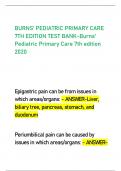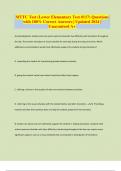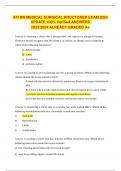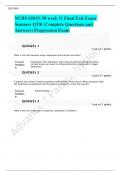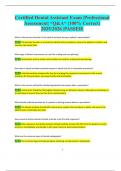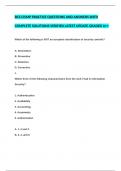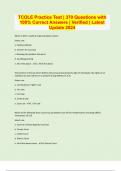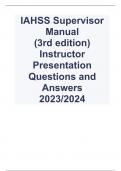Class notes
College aantekeningen/Lecture notes Criminological Research for Social Science Student (RGBUSTR005)
- Course
- Institution
Dit document bevat uitgebreide aantekeningen van de hoorcolleges (week 1 t/m 8) + de voorbereidingsvragen voor het tentamen van het vak Criminological Research for Social Science Students. De aantekeningen zijn volledig in het Engels en bieden een grondige uitleg van verschillende concepten, onderz...
[Show more]




